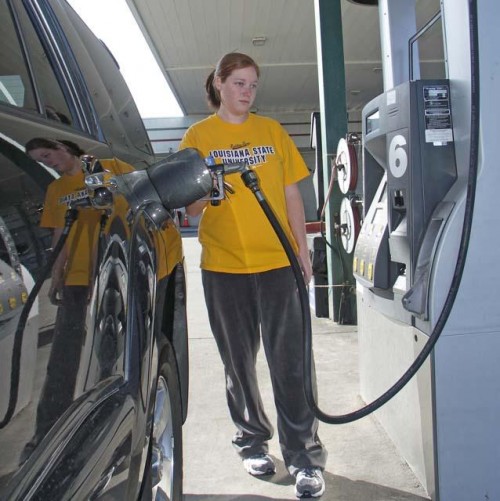
Economics influence gasoline prices
January 11, 2011Child safety seat event scheduled
January 13, 2011Trends in government and economics don’t begin or end with a new year. They are a trail that moves through past and present into the future. Several governmental and economic trends bear watching as 2011 unfolds.
The first trend to observe will be the extent to which President Obama legitimately moves to the center of the political spectrum. The (in his words) “shellacking” that he and his party took on Nov. 2 had to be a wake-up call to the fact that a center-right nation did not like the direction he was attempting to take it either economically or politically. But how far will the president move to the center? The deal he made with the Republicans on the extension of the Bush tax cuts indicates that in the legislative arena he will make compromises on some issues n especially ones that can move the economy forward in the short term. He is, however, likely to offset that with a much more aggressive stance in the regulatory arena with labor and energy policies that could have serious negative economic impacts. Any analysis of a more centrist political shift on the part of President Obama should measure his regulatory actions as well as any legislative ones.
There is another huge trend developing that can have a significant impact on state and federal budgets. It is the strong animosity developing between the taxpayers and the public employee unions. Many state and local governments are teetering on the edge of bankruptcy because they can no longer afford the high salaries and overly generous pensions and benefit packages the public sector unions gained through strong-armed tactics. News articles pointing out how public sector compensation has eclipsed private sector wages and benefits are not lost on the taxpayers. To make matters worse, incidents like the lack of response by public employees to the recent snow emergency on the East Coast only increases the resentment of taxpayers towards these unions. Their gravy train may be coming to an end.
In Louisiana, the infamous “cliff” n a huge drop in state revenues due primarily to repetitive budgeting of non-recurring revenue n is no longer an abstraction. It is here. How the governor and the Legislature deal with it will have a tremendous impact on government reform and economic growth. In essence, there is about a $1.5 billion gap between revenues that can realistically be expected to be collected next year and the amount of spending in the current budget. That gap has to be eliminated when the next budget is fashioned in the 2011 Regular Session.
The backlash from taxpayers exhibited in the Nov. 2 election has not been lost on the governor and members of the Legislature. There does not at this juncture seem to be a huge push among state officials to solve the budget problem by raising taxes. Gov. Jindal has been firm in saying that he does not support tax increases as a solution to the problem. He has indicated, however, that he wants to use another source of one-time money—primarily the sale of some state assets n to plug some of the budget shortfall. State officials should exercise extreme caution in moving in this direction. Any use of non-recurring funds in the 2011-12 budget that exceeds the amount of revenue growth projected for the 2012-13 budget should be an absolute non-starter. Doing so will be tantamount to creating a “cliff” to remove a “cliff.” That is counter-intuitive. Crises are laboratories for reform under good leadership. It is time to go to the lab and solve problems, not postpone them.



